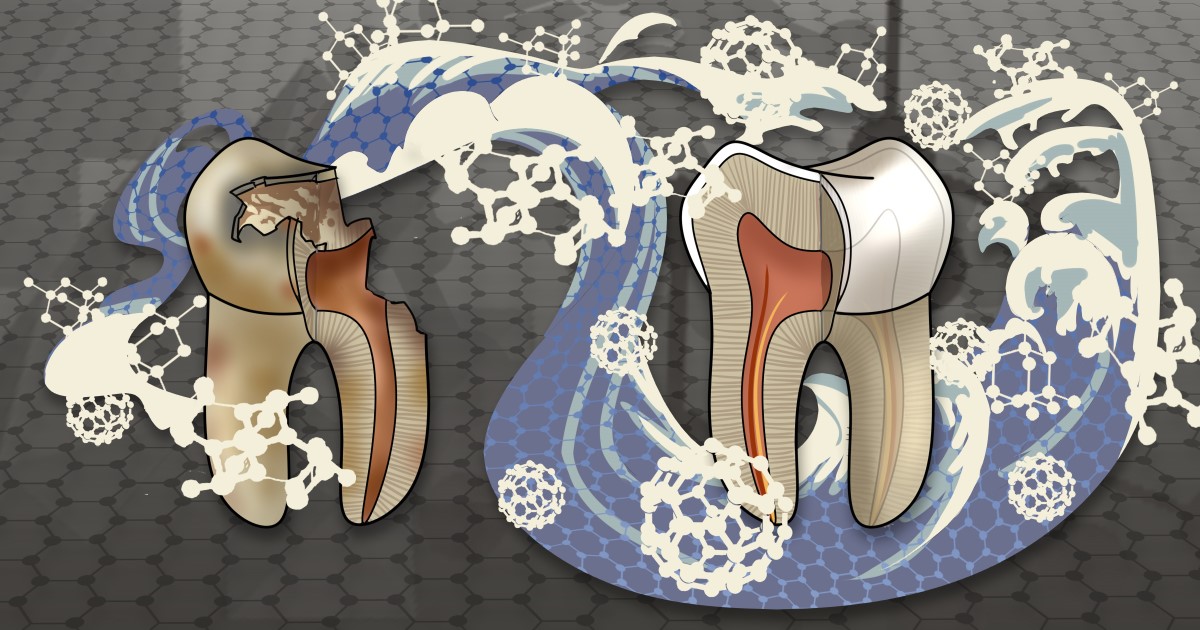New Materials and Their Applications: Perspectives in Restorative Dentistry and Endodontics
A special issue of Materials (ISSN 1996-1944). This special issue belongs to the section "Biomaterials".
Deadline for manuscript submissions: closed (10 February 2023) | Viewed by 4805

Special Issue Editors
Interests: endodontic biocereamics; pulp repair and regeneration; anticaries strategies
Special Issue Information
Dear Colleagues,
Recently, new dental materials have been emerging in large numbers, greatly promoting the development of restorative dentistry and endodontology, and bringing new possibilities into clinical practice. These dental materials incorporate synthetic polymers, modified adhesives, metals, bioceramics, pulp-capping agent, root filling or repair materials, and so on, all of which could be applied in caries prevention, esthetic restoration, pulp capping, pulp regeneration, and nonsurgical or surgical endodontics. Compared to conventional materials, the forefront dental materials may have advantages with regard to their structure, physical and chemical properties, mechanical strength, biological performance and long-term clinical outcomes. This Special Issue is open to original articles, reviews and clinical studies focusing on these topics, with emphasis on the latest advances in restorative dentistry and endodontology.
Prof. Dr. Xi Wei
Prof. Dr. Sui Mai
Guest Editors
Manuscript Submission Information
Manuscripts should be submitted online at www.mdpi.com by registering and logging in to this website. Once you are registered, click here to go to the submission form. Manuscripts can be submitted until the deadline. All submissions that pass pre-check are peer-reviewed. Accepted papers will be published continuously in the journal (as soon as accepted) and will be listed together on the special issue website. Research articles, review articles as well as short communications are invited. For planned papers, a title and short abstract (about 100 words) can be sent to the Editorial Office for announcement on this website.
Submitted manuscripts should not have been published previously, nor be under consideration for publication elsewhere (except conference proceedings papers). All manuscripts are thoroughly refereed through a single-blind peer-review process. A guide for authors and other relevant information for submission of manuscripts is available on the Instructions for Authors page. Materials is an international peer-reviewed open access semimonthly journal published by MDPI.
Please visit the Instructions for Authors page before submitting a manuscript. The Article Processing Charge (APC) for publication in this open access journal is 2600 CHF (Swiss Francs). Submitted papers should be well formatted and use good English. Authors may use MDPI's English editing service prior to publication or during author revisions.
Keywords
- synthetic polymers
- dental adhesives (self-etching/universal adhesives)
- bioceramic materials (bioceramics, biomaterials)
- nanomaterials
- sealer
- ion-releasing dental material







